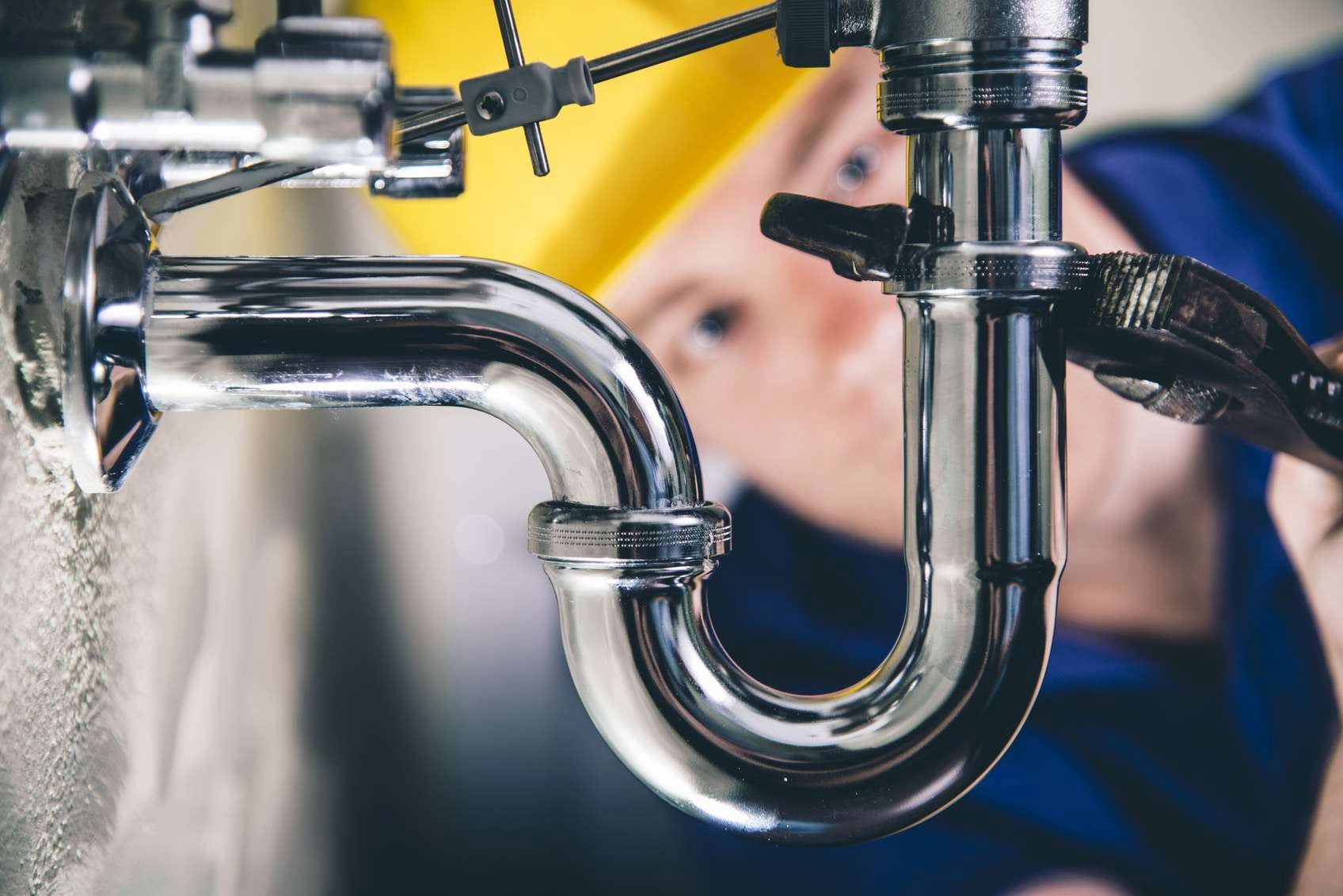
What is a Toilet Flange?
Toilet Repair in Pennsylvania
A toilet flange is a pipe that links a toilet unit to the drainpipe on the bathroom floor. When this important component becomes damaged, you may need toilet repair in Pennsylvania. Goodman Plumbing explains what you need to know.
Types of Toilet Flanges
There are different types of toilet flanges. They include;
1. Aluminum Flange
The only portion of an aluminum flange that is made of aluminum metal is the ring for the wax part. It has lightweight, does not rust, and is durable.
2. Copper Flange
Copper flanges are biostatic, meaning they don’t accumulate bacteria, viruses, or fungi. The material is long-lasting, resists corrosion, soft and rigid.
3. Stainless Steel
Stainless steel toilet flanges don’t rust or corrode, thus providing the tightest seal. It’s only the part that fits the wax made of steel. The rest of the flange is made up of plastic or cast iron.
Shapes
Toilet flanges come in 3 typical shapes. The regular ideal is to be fixed in and on top of the drain pipe. Deep seal flanges extend further into the pipe and the offset flanges, including a bump that lets the piece be fixed and adjusted in bathrooms where the pipe is close to the wall.
Signs of Flange Problems
Common signs of a broken or improperly functioning toilet flange are:
• Leakage towards the bottom of the toilet.
• Unpleasant smell.
• A toilet bowl that appears to be loose when you use it
Possible reasons that contribute to your toilet clogging include:
1. Poor Toilet Design
The shape of your toilet may lead to clogging. A thin drain opening or an oddly angled bowl can affect the flush efficiency.
2. Using Hard water
Continuous hard water usage causes minerals to build up inside the drainpipe, causing clogs. Hot water should be used regularly to flush as it helps dissolve any gathering residues such as calcium.
3. Water Supply
If the water supply line valve is not fully open, there will be a water shortage in the bowl for effective flushing. Also, the fill valve found in the toilet water tank can cause problems if it is adjusted too low, leading to weak flushing capability. Regulating the height of the fill valve can help produce a more effective flush.
4. Clogged Toilet Vent
Toilets vents allow air to get into the plumping system, creating more pressure for flushing and stopping any vacuum from forming. Vents should be checked and cleaned regularly.
5. Non-Flushable Items
Flushing materials like diapers, dental floss, and paper towels will always block your toilet. Only waste and toilet paper are allowed to go into your toilet.
The Cost of Replacing a Toilet Flange
Call Goodman Plumbing for toilet repair in Pennsylvania to ensure professional and quality work is delivered. Our team can replace or repair your toilet flange quickly and efficiently.
Factors Influencing the Cost of Replacing a Toilet Flange
Factors that determine the cost of replacing a toilet flange include the type of material you will use, how challenging it is to remove the current flange and mount the new one, and any additional work necessary to repair the damage to the leaking toilet.
Contact Goodman Plumbing Today
Goodman Plumbing offers a wide range of plumbing services including toilet repair in Pennsylvania. Head to our website for more information. Call today to have your toilet fixed!
